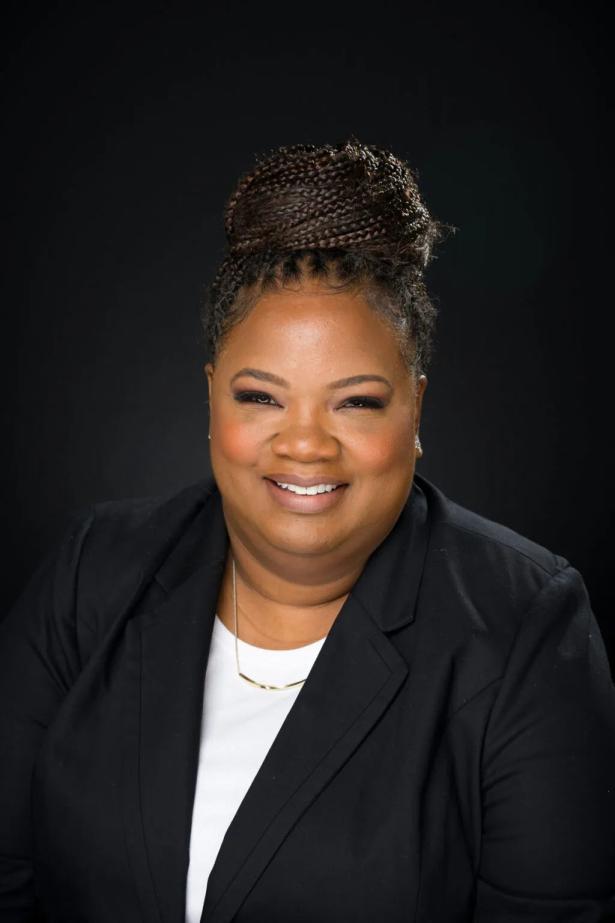April Verrett, the newly elected international president of the Service Employees International Union (SEIU), is ready to come out the gate running––or, at least, organizing.
Verrett says she plans to lead SEIU in a campaign of helping to unionize up to a million new workers over the next 10 years.
Talking with people about unions and helping them to understand that joining a worker’s organization is a way to build collective power is part of Verrett’s progressive stance. She said that “ultimately, as an organizer, I want to be able to say I did something to help end poverty and poverty-wage work in America.”
She told the Amsterdam News that “I believe we are in a moment of transformation. To be able to build enough worker power to end poverty-wage work calls on us to transform our labor movement—to organize like never before, and to make sure we take advantage of the newfound interest that many working people have in unions, particularly young people, and focus our effort on organizing everyone, particularly organizing those of us that have been the most marginalized: low-wage workers, workers of color, Black workers, women workers. That is how I’m choosing to use my time—to really lean in and focus us on this goal.”
Verrett took the example of her grandmother’s organizing zeal and has spent decades supporting community organizing. In addition to helping found Chicago’s United Working Families organization, Verrett has worked within the SEIU as president of California’s SEIU Local 2015, chair of the SEIU National Home Care Council, executive vice president of SEIU Healthcare Illinois and Indiana (HCII), and most recently for two years as SEIU’s secretary-treasurer.
This past May, SEIU members elected Verrett to serve as their international president, making her the SEIU’s first Black female leader. She is serving as president after the 14-year reign of Mary Kay Henry, the union’s first white female and LGBTQ president.
With nearly 2 million members, SEIU is one of the largest unions in the country. Its workers are employed in more than 100 occupations throughout the United States and in Canada. The union traditionally organizes healthcare workers; public service employees; and people who work in property maintenance jobs, such as janitors and security guards.
An SEIU spokesperson said that, demographically, more than half of its members are women: They “are just roughly about a quarter Black, a quarter Latino, and just under 10 percent Asian American and Pacific Islander.”
SEIU’s retiring union president was a major backer of the Fight for $15 and a union movement that helped organize fast-food workers across the nation. Verrett said she wants SEIU to continue to bear down on its core industries, and to further its inroads into industries where workers don’t have representation.
“Our goal is to organize those who have been the most marginalized, and that’s often folks who work in the gig economy,” Verrett said. “Today, we represent over 700,000 caregivers, workers in home care—it’s the fastest-growing job classification in the country. It will continue to be a big area of focus for us. And we will continue to organize folks in the fast-food industry, in airports.
“We are an organizing union, whether it’s organizing not-yet union workers or organizing voters. It’s all about how we are organizing workers, putting workers in motion to have agency and self-determination over their own lives. We’re organizing to build power, whether it’s to build power in the workplace or build a new power at the ballot box. And we are a union that’s very invested in electoral politics. Across our union, we’re going to spend over $200 million in this [national election] cycle, leading up to November, to make sure we contact 6 million [of what] I call…high-opportunity voters—others call them infrequent voters or most simply voters, but we are going to contact 6 million voters, largely voters of color, in eight key battleground states, to make sure we elect pro-union champions up and down the ballot.”


Spread the word